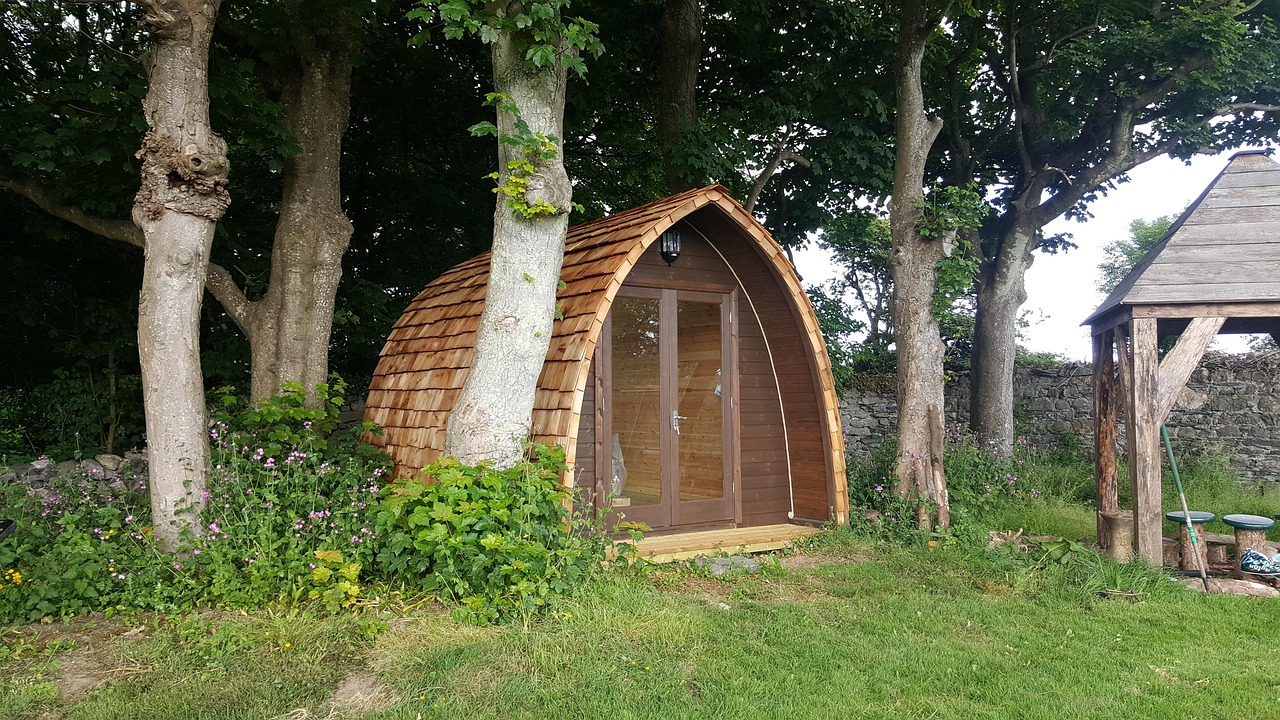Multi-generational living is experiencing a renaissance across the UK, with granny annexes emerging as an increasingly popular solution for families seeking flexible housing arrangements. These self-contained units offer independence for elderly relatives whilst maintaining close family connections, creating a win-win scenario for households navigating changing needs.
Whether you're considering care for ageing parents or exploring ways to add value to your property, understanding the essentials of granny annexe planning, design, and costs will help you make an informed decision about this significant home improvement project.
Understanding Planning Permission Requirements
The planning permission landscape for granny annexes varies considerably depending on your specific circumstances and local authority regulations. Many annexes can be built under permitted development rights, which allows certain types of construction without requiring full planning permission.
However, several factors determine whether you'll need formal planning approval. The size of your proposed annexe plays a crucial role, with structures over certain dimensions requiring applications. Additionally, if your property sits in a conservation area, Area of Outstanding Natural Beauty, or holds listed building status, stricter regulations typically apply.
Most councils require that granny annexes remain ancillary to the main dwelling, meaning they cannot be sold separately or used as independent rental units. This condition often appears as a planning restriction tied to the property deed. Before beginning any construction work, consult your local planning authority to clarify requirements specific to your location and circumstances.
Design Considerations for Your Annexe
Creating a functional granny annexe requires careful attention to accessibility and comfort needs. Ground floor designs work best for elderly occupants, eliminating stairs and reducing mobility challenges. Consider incorporating wider doorways, level access showers, and appropriate lighting to accommodate changing physical abilities.
If you’re exploring housing options for extended family, I recommend searching on Google using the keyword “granny annexe UK".
The layout should maximise independence whilst maintaining connection to the main house. Many successful designs feature open-plan living areas that feel spacious despite compact dimensions. Kitchen areas need sufficient workspace and storage, whilst bedrooms should accommodate standard furniture and provide easy movement around the bed.
External access requires thoughtful planning to maintain privacy for both the annexe occupant and main house residents. Separate entrances work well, though some families prefer internal connections that allow easy movement between spaces during adverse weather or emergencies.
Cost Factors and Budgeting
Granny annexe costs vary significantly based on size, specification, and construction method. Basic prefabricated units start around £30,000, whilst high-specification custom builds can exceed £100,000. Location also impacts pricing, with London and South East England commanding premium rates for both materials and labour.
Several cost components require consideration during budgeting. Foundation work and utility connections often represent substantial expenses, particularly if significant groundwork or service upgrades become necessary. Internal finishes, fixtures, and fittings can quickly escalate costs, especially with accessible bathroom installations and quality kitchen units.
Planning application fees, building control approvals, and professional design services add to overall project costs. Many homeowners overlook ongoing expenses such as increased council tax, insurance premiums, and utility bills that accompany annexe completion.
Benefits of Adding a Granny Annexe
Family harmony often improves when elderly relatives maintain their independence whilst remaining close to support networks. Granny annexes provide privacy and dignity for occupants who might otherwise feel like guests in busy family homes, whilst offering peace of mind for adult children concerned about elderly parents living alone.
Property values typically increase with well-designed annexes, though the exact amount depends on local market conditions and annexe quality. Estate agents often report strong interest from buyers seeking multi-generational housing options, particularly in areas with high care home costs.
Making the Right Choice for Your Family
Deciding whether a granny annexe suits your circumstances requires honest assessment of family dynamics, financial resources, and long-term plans. Consider the intended occupant's current and anticipated future needs, including mobility limitations and care requirements that might develop over time.
A well-planned granny annexe represents more than just additional living space. It offers families the opportunity to strengthen relationships whilst providing practical solutions for changing circumstances, creating lasting value for both property and family wellbeing.
